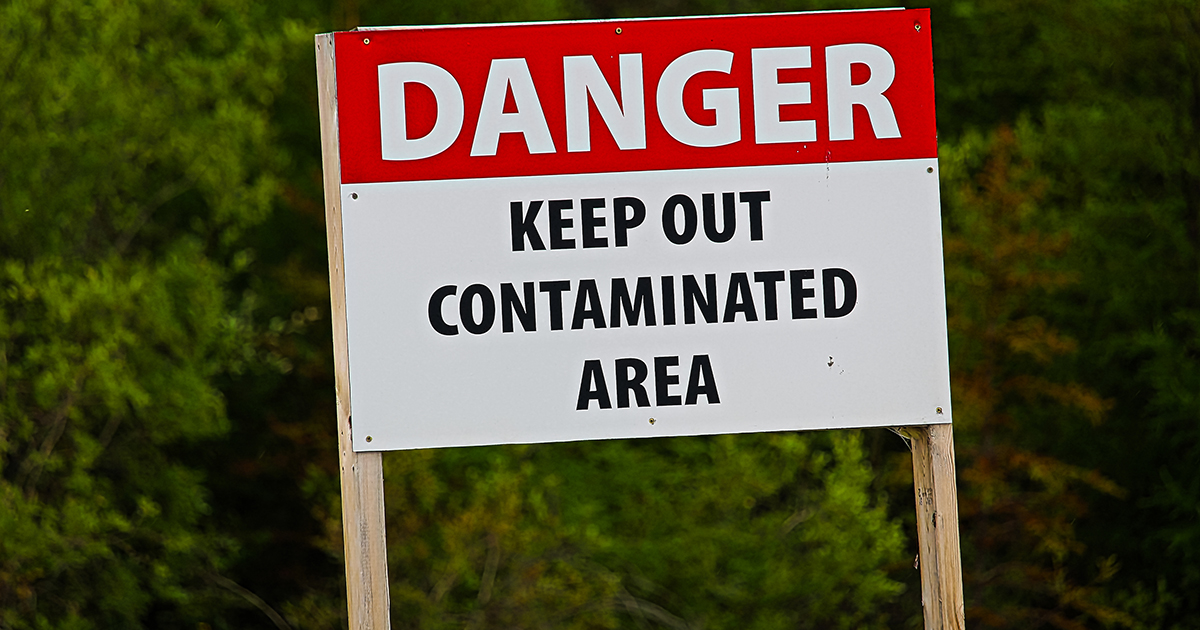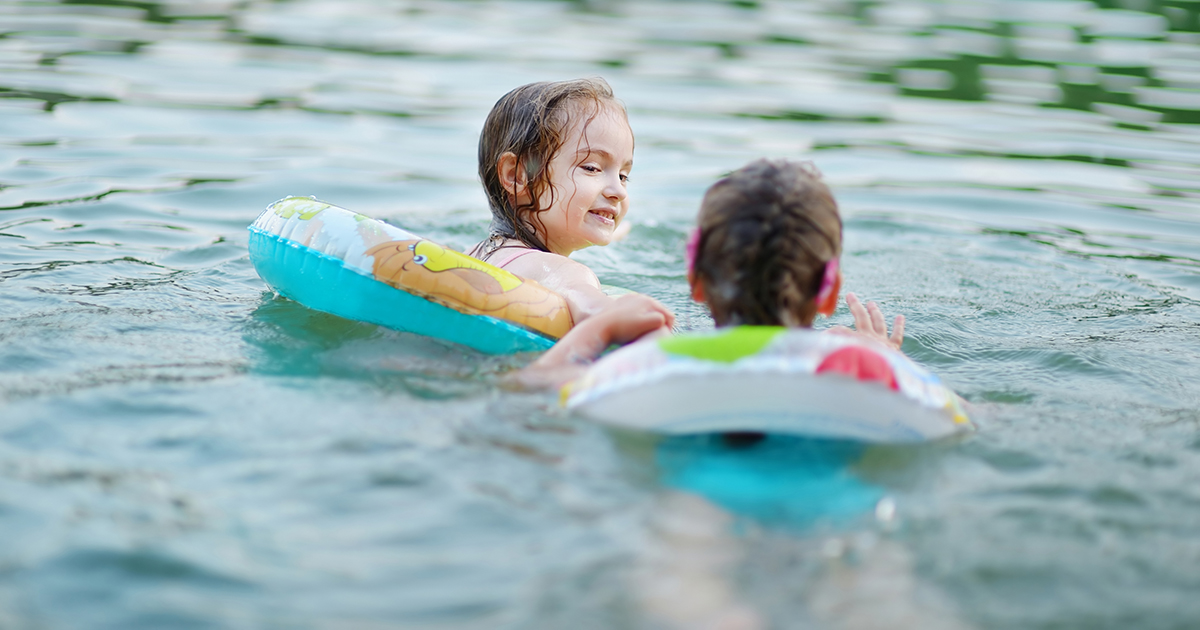How Amoebic Meningoencephalitis Spreads & Its Causes
Infected Water In The Nose
There are a few things individuals can do to avoid getting water up their nose. You can hold your nose shut while swimming, or use nose clips. Remember not to immerse your head, especially during warm water seasons. You can also avoid the water altogether during the months when this amoeba is most active. For individuals who practice ablution, the process of spraying water up the nose to clean the sinuses and nasal cavities, it is imperative to use sterile water. Steps everyone can take to make sure the water is safe for ablution include boiling water for one minute, before allowing the water to cool prior to use or using filters that remove the amoeba, such as the NSF 53 or NSF 58. Individuals can even choose to only purchase distilled or sterile water specifically for ablution. Also, research how to use chlorine appropriately to disinfect ablution water.
Keep reading for more information on the spread and causes of this condition.
Contaminated Soil

During colder seasons, the amoeba transforms into its cyst stage and settles into the sediment found below the water to wait it out until warmer weather arrives. In cyst stage, they can survive colder temperatures as long as they do not go below freezing. Naegleria fowleri found in the sediment of shallow surface waters can easily be dislodged by stirring it up during swimming. Any disruption of this contaminated soil will allow the amoeba to dispel into the water, increasing the risk of getting infected water in the nose. These occurrences are rare, though, considering hundreds of thousands of individuals participate in water activities on a regular basis.
Continue for more on the spread of this condition now.
